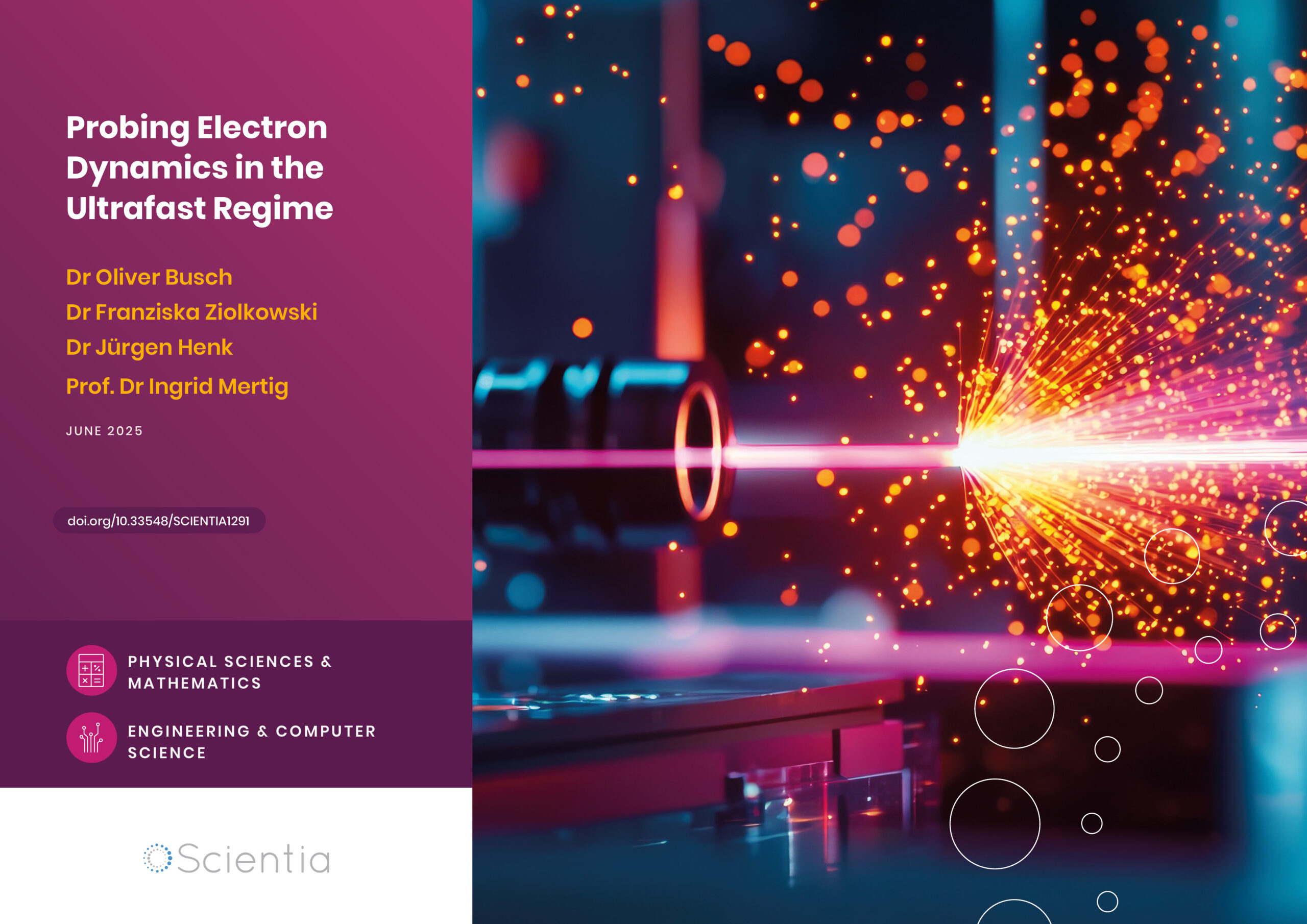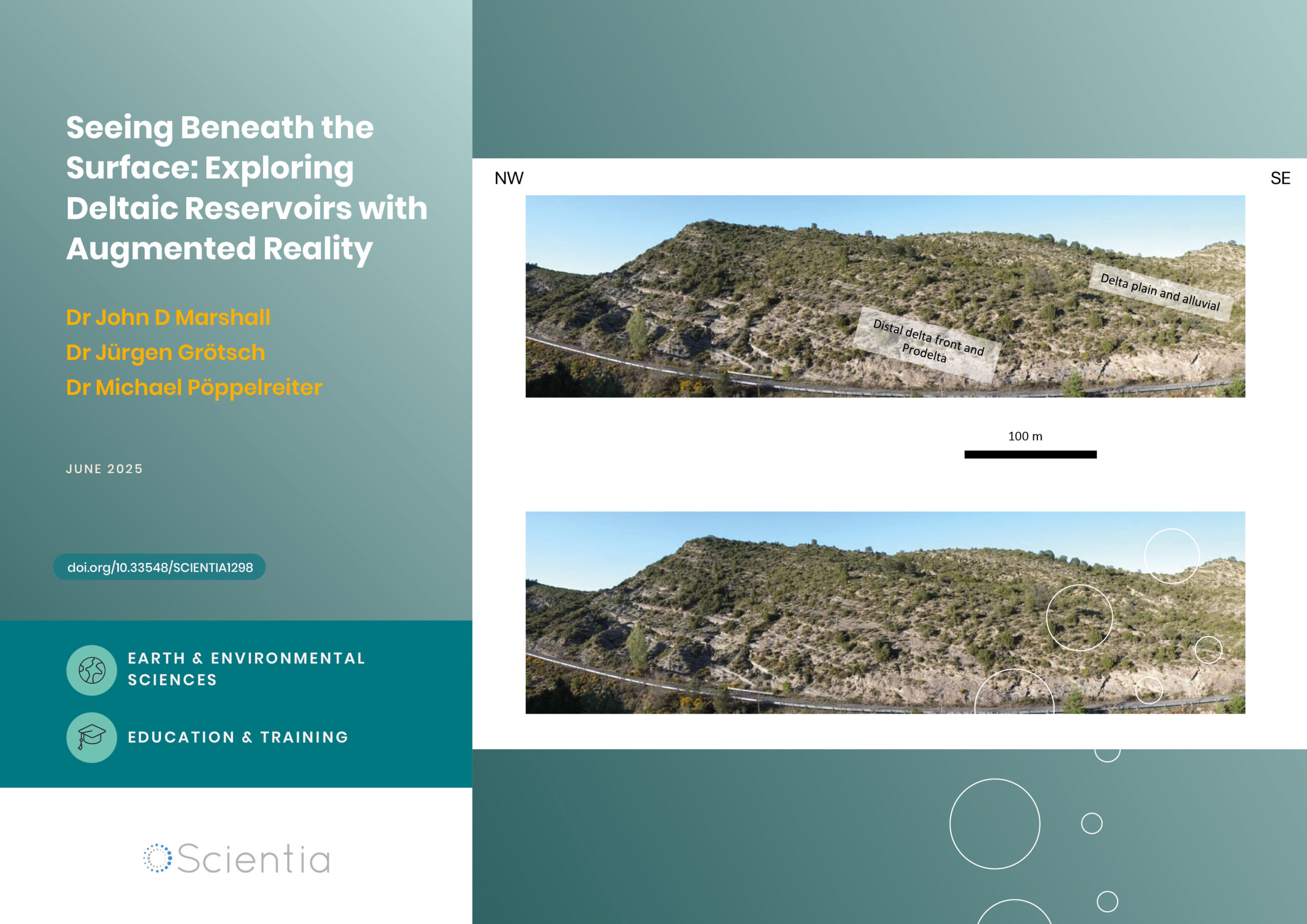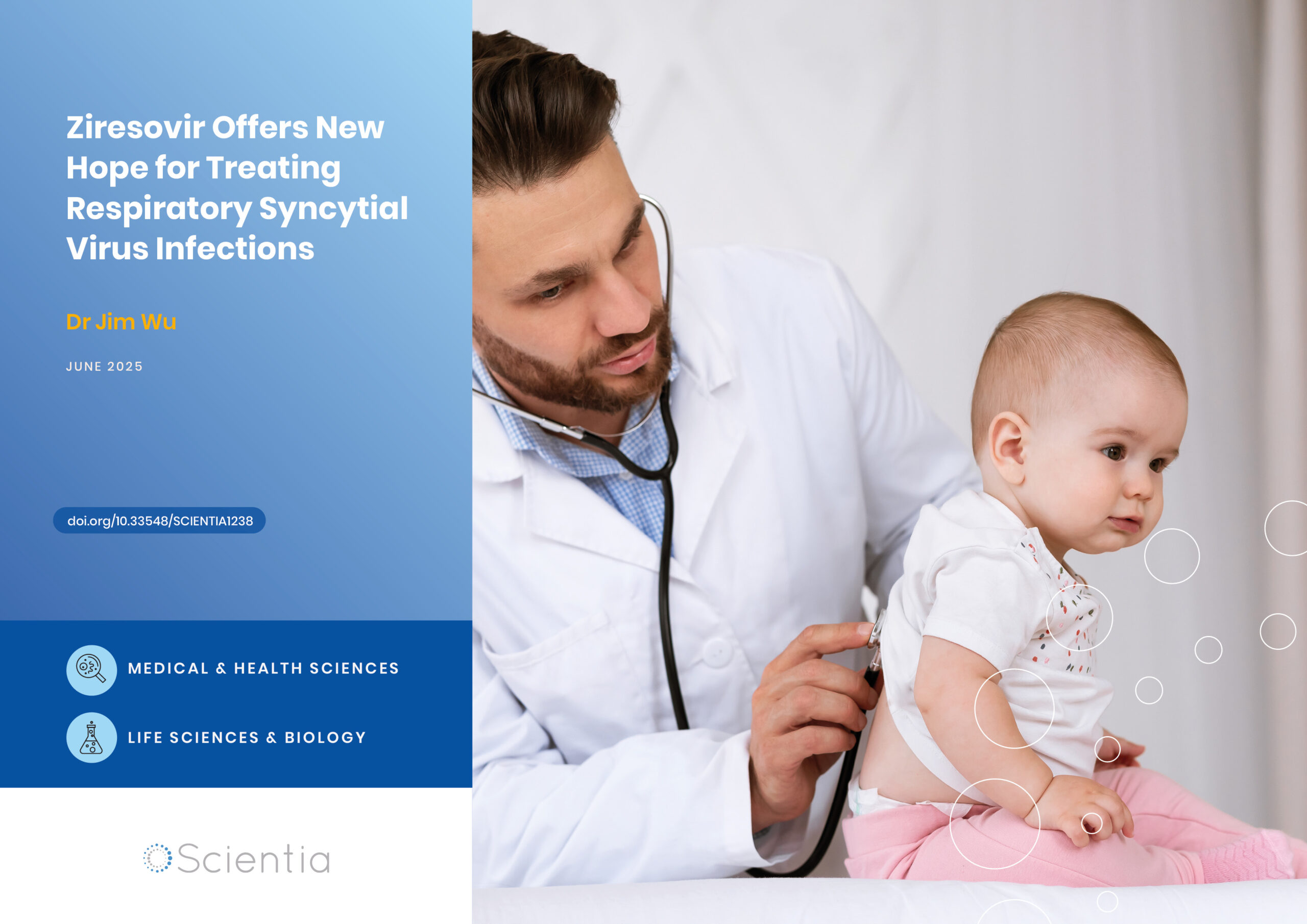Dr Iain Buxton – Revolutionising Understanding of the Myometrium to Prevent Preterm Birth
Great advances in the field of science and medicine have seen treatments and cures developed for some of the worst diseases ever known. Despite this, the potentially devastating, but sadly common occurrence of preterm birth is not yet preventable. Dr Iain Buxton at the University of Nevada, USA, has been studying the role of the smooth muscle of the uterus to elucidate its role in preterm labour and birth. His research is paving the way for the development of much-needed interventions to prevent early birth.
Preterm Birth: A Devastating Problem That Is on the Rise
Preterm birth is defined as the birth of a baby before 37 weeks of completed gestation. According to World Health Organization statistics, an estimated 15 million babies annually are born prematurely. Approximately 1 million children die each year as a consequence of preterm birth and those who survive are at risk of lifelong disabilities. As such, preterm birth is the leading cause of death in children aged under 5 years, and an estimated 75% of paediatric care is spent on children who are born preterm.
The most alarming statistic of all is that the prevalence of preterm birth is rising. And as of yet, there is no Food and Drug Administration approved medication to prevent preterm labour. Dr Iain Buxton at the University of Nevada, USA, believes that understanding how the smooth muscle of the uterus contracts and, particularly how it relaxes, could be critical in helping prevent preterm labour and birth.
Dr Buxton had previously worked with Laurence Brunton, a student of Dr Alfred G. Gilman, the pioneer in pharmacology and biochemistry who was awarded a Nobel Prize along with Dr Martin Rodbell in 1994 for the discovery of G-proteins, the proteins essential for signal transduction in cells. Dr Buxton had great expectations from both himself and others to succeed as he branched out on his own to continue research in Reno.
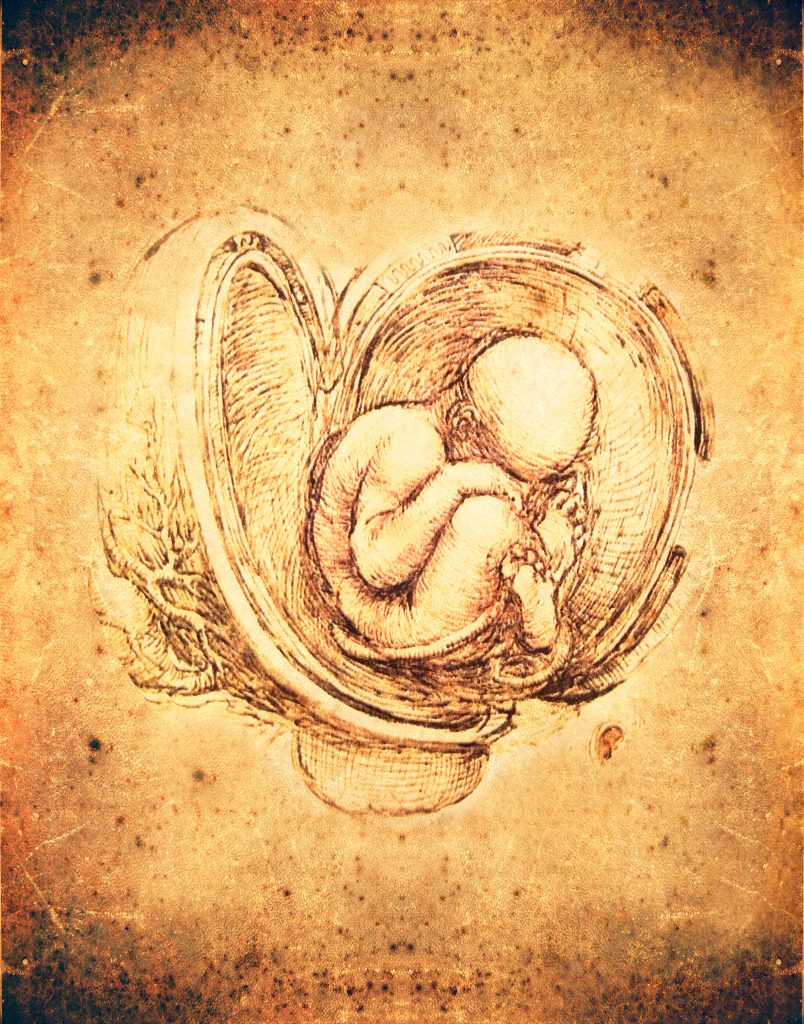
The Nobel Dogma
The myometrium is the middle layer of the inner wall of the uterus. It consists of smooth muscle and its basic function is to induce contractions. Blood vessels are also lined with smooth muscle, and so, researchers have studied blood vessels as a means to understand smooth muscle functionality. Much of this work, carried out in animal models, has been conducted on the aorta, which is the large blood vessel that carries blood from the heart to the rest of the body.
Early work determined that endothelial cells that line the blood vessel release a substance called endothelial dependent relaxing factor that acts on the smooth muscle cells. This factor was later identified to be nitric oxide (NO) and its role in the smooth muscle activation pathway was determined. Researchers described how NO released from endothelial cells acts on underlying smooth muscle cells to activate an enzyme called guanylyl cyclase, which in turn generates cyclic guanosine monophosphate (cGMP).
cGMP acts as a messenger in the muscle by partnering with a kinase that adds a phosphate group to myosin phosphatase, activating it, which then relaxes the muscle. In 1998, Dr Robert Furchgott and Dr Louis Ignaro from the University of California, Los Angeles, along with Dr Ferid Murad from the University of Virginia, received a Nobel Prize for this pivotal discovery. Dr Buxton hypothesised that the action of NO relaxes the smooth muscle of the uterus. Initially, he had reasoned that NO must act upon the uterus as it does on blood vessels and other smooth muscles – but he soon realised this was not the case.
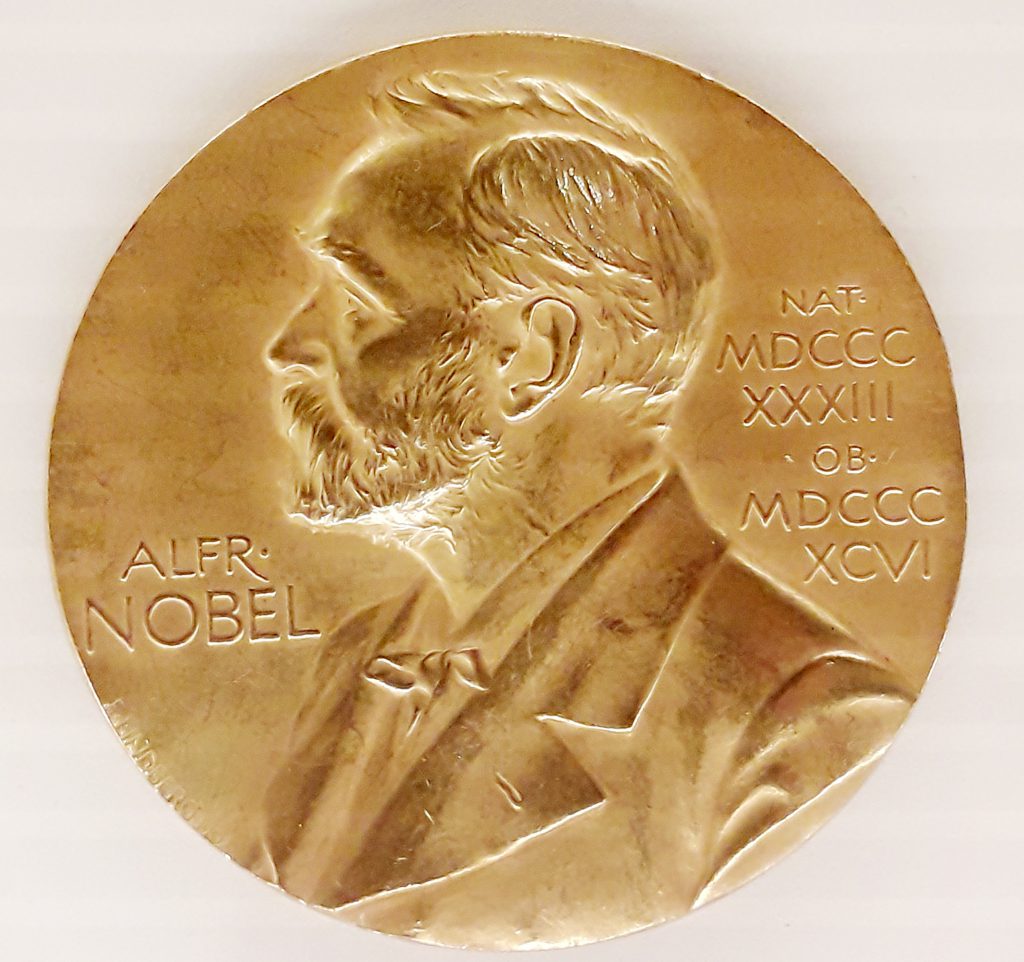
Alfred Nobel.
A Biochemical Conundrum
Early studies by Dr Buxton’s laboratory in guinea pigs showed that although in blood vessels NO acts on the smooth muscle through guanylyl cyclase activation and cGMP accumulation (causing it to relax), in the guinea pig myometrium NO has no effect on spontaneous contraction, but does relax oxytocin and acetylcholine-evoked contractions. This is associated with significant elevations in intracellular cGMP. However, on inhibition of guanylyl cyclase, cGMP accumulation is blocked, yet NO is still able to relax contractions caused by oxytocin or acetylcholine.
These studies suggested that contractions in the pregnant and non-pregnant guinea pig uterus occur in a manner that is not guanylyl cyclase dependent. Dr Buxton’s laboratory found the same to be true in monkey and human myometrium tissue. At the time, these findings were considered heresy since they contradicted what scientists then knew about the function of smooth muscle. Dr Buxton and his colleagues sought to solve this conundrum by going back and studying the very basics of myometrial relaxation.
The mechanisms now established for cGMP independent NO signalling involve the S–nitrosation of proteins. Dr Buxton explains ‘target proteins are nitrosated…an amino acid in their sequence, cysteine, is chemically modified with the addition of a NO moiety. The resulting protein is said to be nitrosated.’ There was evidence that S-nitrosation may be involved in calcium release which may activate potassium channels; however, this pathway had not been explored in the myometrium. Attention then turned to investigating calcium activated potassium channels as a possible way in which NO relaxes the myometrium.
The group hypothesised that cGMP action in the myometrium is compartmented. A published paper of the findings describes how cGMP may be regulating the relaxation of uterine smooth muscle. Uroguanylin is an activator of guanylyl cyclase and relaxes oxytocin-induced contractions in pregnant guinea pig myometrium. The team found that after uroguanylin stimulation, relaxation and cGMP accumulation is blocked by guanylyl cyclase inhibitors. The overall results of this study led the group to conclude that a uroguanylin cyclase-cGMP relaxation pathway is present in myometrium smooth muscle and the cGMP is compartmented in the myometrium such that other agonists that elevate cGMP do not result in relaxation.
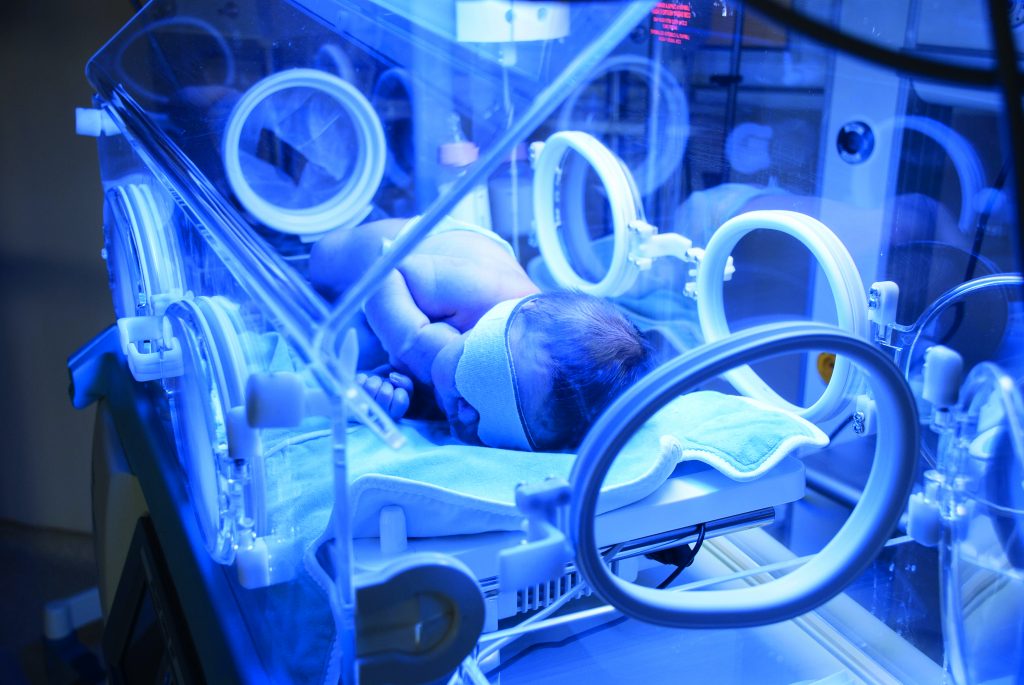
The Disparate Pathway in Myometrium
Dr Buxton’s work slowly became accepted such that he now describes it as ‘the most important exception to Nobel dogma because it lays out a fundamental distinction about the human myometrium.’ The team then wanted to investigate if stretch-activated, two-pore potassium channels (K2P) are gestationally regulated in human myometrium and whether they contribute to uterine relaxation. TREK-1, TREK-2 and TRAAK belong to the TRAAK family subset of K2P channels. Dr Buxton’s laboratory decided to investigate the expression and differential regulation of TRAAK family channels in pregnant and labouring human myometrium.
In a 2010 paper documenting the results, Dr Buxton describes the importance of the findings to the development of potential therapeutic targets in preterm labour. The results showed that the TREK-1 potassium channel is expressed and up-regulated substantially during pregnancy. In labouring tissue, TREK-1 is down-regulated, indicating a role of TREK-1 in uterine quiescence prior to labour since the uterus expands and stretches during gestation.
It was now clear that NO relaxes uterine smooth muscle but not in the way it does in other smooth muscles. The evidence from Dr Buxton’s group, as well as that from other researchers, converges to suggest that S-nitrosation is the most likely mechanism by which NO relaxes the myometrium.
Dr Buxton and his colleagues described the myometrial S-nitrosylproteome (i.e., the entire set of S-nitrosated proteins that are expressed or can be expressed by the tissue) in pregnant and non-pregnant guinea pig tissue. This was the first attempt to examine the S-nitrosylproteome of the myometrium.
The findings revealed that specific groups of proteins that are involved in contraction and relaxation are S-nitrosated in labour and gestational muscle. Many of the proteins were found to be nitrosated in only the pregnant state or only the non-pregnant state and the team further describe how S-nitrosation of a filament protein called desmin is increased more than five-fold in pregnancy.
Moreover, these studies identified many proteins important in the mechanisms that regulate uterine smooth muscle function and with better understanding, such proteins may prove to be new tocolytic (anti-contraction/labour preventing) targets to prevent the possible dysfunction of smooth muscle which may lead to preterm labour and birth.

New Avenues for Preventing Preterm Labour
S-nitrosoglutathione reductase is the enzymatic regulator of endogenous S-nitrosoglutathione (involved in NO signalling and is a source of bioavailable NO). More recently, Dr Scott Barnett, a core member of Buxton’s research team found that this reductase is upregulated in preterm myometrium and is associated with reduced total protein S-nitrosation. They observed that on blocking S-nitrosoglutathione reductase, the smooth muscle of spontaneous preterm labour tissue is relaxed. In the paper documenting these findings, Dr Buxton’s team describe that the ‘failure of guanylyl cyclase activation to mediate relaxation in spontaneous preterm labour tissues, together with the ability of NO to relax term labour, but not spontaneous preterm labour myometrium, suggests a unique pathway for NO-mediated relaxation in myometrium.’
To further explore the function of S-nitrosation regulation in maintaining uterine quiescence, the Buxton laboratory studied nebivolol. Nebivolol is primarily a β-blocker (a class of drug to treat abnormal heart rhythm), but it is unique because it also has the ability to relax the smooth muscle in the walls of blood vessels (vasodilation) and does so in part by potentiating the action of NO. The researchers found that in uterine smooth muscle from mice and humans, oxytocin-induced contractions are relaxed by nebivolol. The researchers explain one of the advantages of using nebivolol as a tocolytic is that it is already FDA-approved for use as a β-blocker. However, more studies are required to assess the safety and efficacy of this drug in pregnant women.
Dr Buxton’s important work over the years has determined the fundamental physiological distinction in tissues from women who deliver preterm. Dr Buxton tells us that ‘a complete understanding of the underlying biochemical difference at the root of this distinction can lead to defining a target for drug development.’ He further shares with us how his team is currently collaborating with ExCyte Therapeutics to develop new tocolytic mediations based on the novel S-nitrosation pathway that they have described. Addressing the problem with dual ligand drugs that can interact with more than one pathway while avoiding the unwanted effects of single agents employed at higher doses is currently underway under the supervision of Dr Barnett. This research is now paving the way for promising treatments for preterm labour and birth with the potential to save many newborn lives.
Reference
https://doi.org/10.33548/SCIENTIA701
Meet the researcher

Emerald Bay. Credit Iain Buxton.
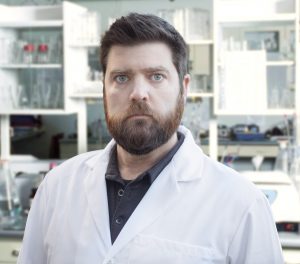
Dr Scott Barnett
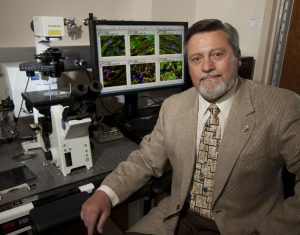
Dr Iain Buxton
Department of Pharmacology
University of Nevada School of Medicine
Reno, NV
USA
Dr Iain Buxton received PhD training in Protein Chemistry and Enzymology from North Carolina State University and his Doctor of Pharmacy in Pharmaceutical Sciences from the University of the Pacific, USA. Born in Buckinghamshire, England and raised in California, USA, Dr Buxton presented his first research paper at age 19. Dr Buxton completed his clinical residency at the Veterans Affairs Medical Centre in La Jolla and his postdoctoral studies in the Department of Medicine at the University of California, San Diego School of Medicine. Currently Foundation Professor in the Department of Pharmacology at the University of Nevada, Reno School of Medicine, Dr Buxton’s laboratory focuses on nitric oxide signalling in smooth muscle and preterm labour. Buxton has also contributed to understanding cancer cell dormancy and metastasis in breast cancer. In addition, he has been a member of numerous medical boards and an editorial board member of many research journals. He is also the founder and CEO of ExCyte Therapeutics.
CONTACT
E: ibuxton@med.unr.edu
W: https://med.unr.edu/directory/iain-buxton
PRINCIPAL COLLABORATOR
Scott D. Barnett, Research Fellow in Pharmacology, University of Nevada, Reno School of Medicine.
FUNDING
National Institutes of Health
Eunice Kennedy Institute for Child Health and Human Development
FURTHER READING
Barnett SD, Asif H, Anderson MT, Buxton ILO. Novel Tocolytic Strategy: Modulating Cx43 Activity by S-Nitrosation. J Pharmacol Exp Ther. 2020 Dec 31:JPET-AR-2020-000427. Doi: 10.1124/jpet.120.000427.
SD Barnett, ILO Buxton, Hiding in Plain Sight: Nebivolol Exhibits Compelling Tocolytic Properties, Journal of Cellular and Molecular Medicine, 2018, 22, 6391–6395.
SD Barnett, CR Smith, CC Ulrich, JE Baker, ILO Buxton, S-Nitrosoglutathione Reductase Underlies the Dysfunctional Relaxation to Nitric Oxide in Preterm Labor, Scientific Reports, 2018, 8, 5614.
C Ulrich, DR Quillici, K Schegg, R Woolsey, A Nordmeier, IL Buxton, Uterine smooth muscle S-nitrosylproteome in pregnancy, Molecular Pharmacology, 2012, 81, 143–53.
IL Buxton, CA Singer, JN Tichenor, Expression of stretch-activated two-pore potassium channels in human myometrium in pregnancy and labor, PLoS One, 2010, 5, e12372.
IL Buxton, D Milton, SD Barnett, SD Tichenor, Agonist-specific compartmentation of cGMP action in myometrium, Journal of Pharmacology and Experimental Therapeutics, 2010, 335, 256–63.
IL Buxton, Regulation of uterine function: a biochemical conundrum in the regulation of smooth muscle relaxation, Molecular Pharmacology, 2004, 65, 1051–1059.

Want to republish our articles?
We encourage all formats of sharing and republishing of our articles. Whether you want to host on your website, publication or blog, we welcome this. Find out more
Creative Commons Licence
(CC BY 4.0)
This work is licensed under a Creative Commons Attribution 4.0 International License. 
What does this mean?
Share: You can copy and redistribute the material in any medium or format
Adapt: You can change, and build upon the material for any purpose, even commercially.
Credit: You must give appropriate credit, provide a link to the license, and indicate if changes were made.
More articles you may like
How Food Environments Shape Our Eating Habits
How we eat dramatically impacts our health, yet millions of Americans live in ‘food deserts’ – areas with limited access to fresh, nutritious food. Recent research reveals that solving this crisis requires looking beyond just physical access to food to understand how our entire community environment shapes our dietary choices. Through a series of pioneering studies, Dr Terrence Thomas and colleagues at North Carolina A&T State University have been investigating how different aspects of our food environment influence what we put on our plates. Their findings suggest that creating lasting change requires reimagining how communities engage with food at every level.
Probing Electron Dynamics in the Ultrafast Regime
In the atoms that make up the matter around us, negatively charged particles called electrons have properties such as spin and orbital angular momentum. Researchers at Martin Luther University Halle-Wittenberg have developed a theoretical framework which allows them to simulate the dynamics of the spin and orbital angular momentum of electrons in materials when probed with an ultrafast laser pulse. Using this framework, they are able to simulate different materials and improve our understanding of dynamics on an atomic scale.
Seeing Beneath the Surface: Exploring Deltaic Reservoirs with Augmented Reality
In the Aínsa Basin of the Spanish Pyrenees, the Mondot-1 well was drilled, cored, and fully logged to capture a detailed record of a long-buried ancient river delta system. Dr. John D. Marshall, Dr. Jürgen Grötsch, and Dr. Michael C. Pöppelreiter with co-workers at Shell International used this core to trace how sediments once flowed across the landscape, and were deposited under shifting tectonic conditions. The team employed augmented reality and interactive virtual displays; these innovative tools offer new ways to explore subsurface depositional systems, and are particularly useful in locations where physical access to the core is difficult, or no longer possible.
Dr Jim Wu | Ziresovir Offers New Hope for Treating Respiratory Syncytial Virus Infections
Respiratory syncytial virus (RSV) causes respiratory tract infections in children and adults. While for many patients the outcomes of infection are mild, for others, infection can prove fatal, and there is a lack of effective treatments. Dr Jim Wu from the Shanghai Ark Biopharmaceutical Company in China carries out his vital research to develop new, safe, and effective treatments to tackle this killer.


